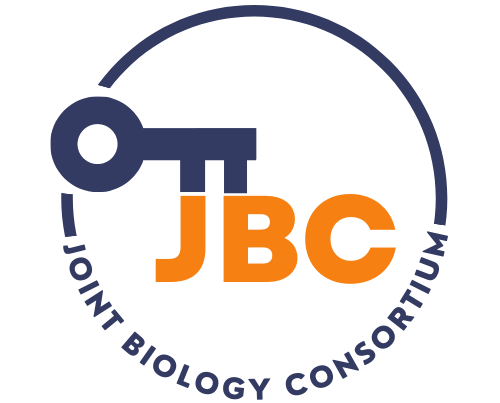JBC members have access to specialized processes for transcriptome sequencing provided by the Broad Institute Technology Labs. These processes are suitable for RNA-seq from single cells, or input of RNA or cell lysate from small numbers of cells.
Digital gene expression (DGE)
We have developed a High-Throughput 3’ Digital Gene Expression (HT-DGE) method optimized to deliver quantitative, sequence-based profiling of eukaryote gene expression from inputs as low as single cells (Soumillon et al. 2014). The method is well suited to take as input multiple cells (up to 1,000 per well) as well as cell lysates or purified RNA from similar numbers of cells. The process relies on a template-switching reverse transcriptase to convert polyadenylated mRNA to cDNA constructs containing universal adapters. These constructs also contain three barcodes, the first specific to the cell/sample and the second to the input plate, which together support high order multiplexing. We also include a unique molecular identifier (UMI), effectively a third barcode containing 10 random bases specific for each individual input mRNA molecule. UMIs make this DGE approach ideal for quantitative analysis because by providing a barcode for each input transcript they offset biases arising from PCR amplification. Costs are kept low by minimizing reagent volumes, reagent transfers and sequencing depth per sample. Depending on experimental design the DGE approach typically requires substantially less sequence data than whole transcriptome sequencing.
Smart-seq2
Our implementation of Smart-seq2 supports full-length transcript sequencing from low input RNA (50ng per sample), multiple cells (up to 1000 per well) or single cells. While several methods exist for constructing full-length cDNAs from large amounts of RNA, it is still challenging to obtain robust transcriptome data from low RNA input without sacrificing full-length transcript coverage. This method is based on modified versions of the techniques developed in Rickard Sandberg’s laboratory (described in Picelli et. al., 2013 and Picelli et. al., 2014). Smart-seq2 improves detection and coverage by enabling full-length transcriptional profiling through optimized reverse transcription, template switching and pre-amplification to increase both yield and length of cDNA inserts generated from low amounts of input RNA or single cells.
References:
For DGE:
Soumillon M. et al. Characterization of directed differentiation by high-throughput single-cell RNA-Seq. bioRxiv http://dx.doi.org/10.1101/003236 (2014).
For Smart-seq2:
Picelli S1, Björklund ÅK, Faridani OR, Sagasser S, Winberg G, Sandberg R. Smart-seq2 for sensitive full-length transcriptome profiling in single cells. Nat Methods. 2013 Nov;10(11):1096-8.
Picelli S, Faridani OR, Björklund AK, Winberg G, Sagasser S, Sandberg R. Full-length RNA-seq from single cells using Smart-seq2. Nat Protoc. 2014 Jan;9(1):171-81.
